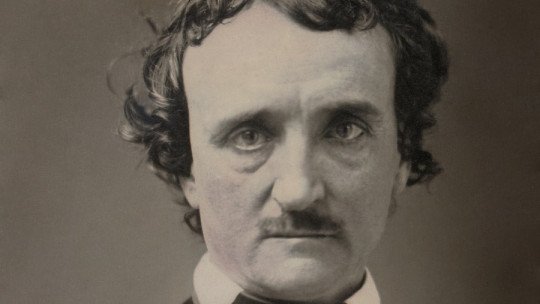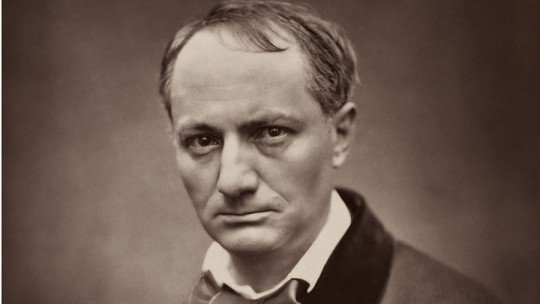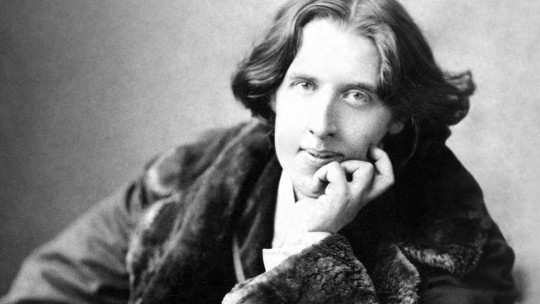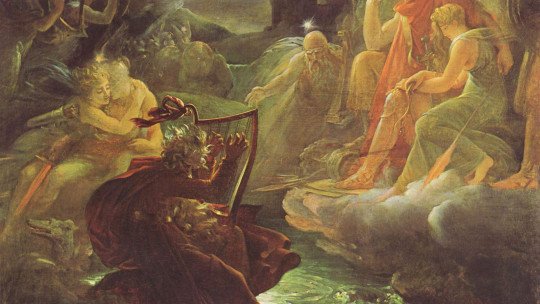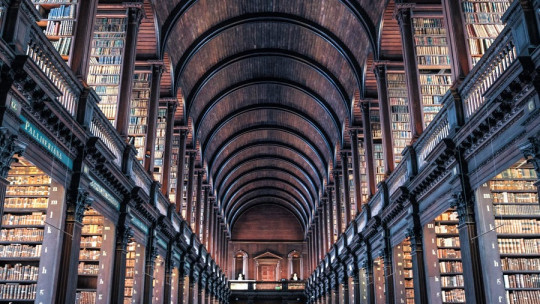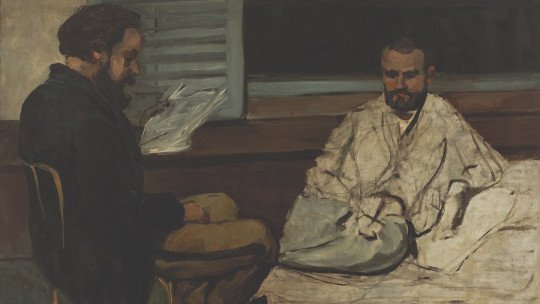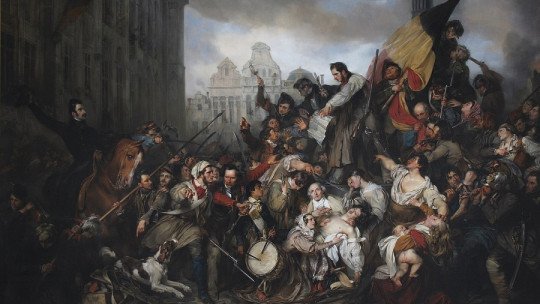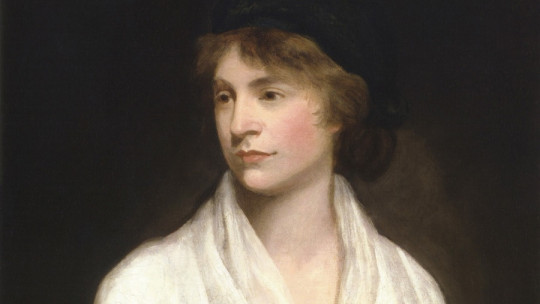In 1798 the lyrical ballads, a collection of poems by William Wordsworth (1770-1850) and Samuel Taylor Coleridge (1772-1834), two of the most important poets of the dawn of English Romanticism. If this first publication is considered a milestone in the history of literature (as many consider it to be the starting signal for the romantic literary movement in England), even more so is its second edition, which was published in 1800 and includes the famous Wordsworth’s prologue, where the characteristics of this “new way of doing poetry” are presented and which many authors consider the foundational romantic “manifesto.”
In reality, and as we will see, the outpouring of emotions as a furious response to the empire of enlightened reason had already appeared some years before, in Germany, framed in the current of Sturm und Drang (Storm and momentum). Goethe’s Werther, still an epistolary novel (in the style of eighteenth-century literature), but already absolutely romantic, had seen the light in 1774. On the other hand, his Prometheus, a poem that illustrates the struggle between individual genius and the tyranny of the Society (with such decidedly romantic echoes) had been published in 1785, more than a decade before the Balads of Wordsworth and Coleridge.
As always, it is difficult to establish when a movement begins and when it ends. In case of the literature of Romanticism is not an exception, although we can affirm that, in many places in Europe, it preceded pictorial Romanticism and laid the foundations that would later become fundamental pillars of the romantic artist par excellence: individuality, contact with nature, nostalgia for a totally idealized past and, of course, the torrential flow of emotions.
What are the characteristics of Romanticism Literature?
At the end of the 18th century, the Enlightenment is obsolete in many regions of Europe. In some, such as the German-speaking territories, it has barely made a dent in the hearts of artists and intellectuals. In northern Europe, therefore, a new way of seeing and feeling the world is beginning to take shape. Is he Sturm und Drangthe germ of Romanticism
The romantic movement is, broadly speaking, a forceful reaction against the empire of reason and science. In England, a country where pre-romantic manifestations run parallel to those in Germany, the Industrial Revolution is in full swing and, with it, the unstoppable progress of empiricism. In fact, since the 17th century we have found in the British Isles an important scientific perspective of reality, led by intellectuals such as Isaac Newton or David Hume, and whose roots can be traced to the so-called “English empiricism” that emerged in the 14th century at the hands of from the University of Oxford.
In other words, In England the field is perfectly fertile for the emergence of a reaction against the “tyranny” of science and progress In fact, one of the fundamental works of Romanticism is Frankenstein or the modern Prometheus, by Mary Shelley, a novel where the reader is questioned about the dangers of the excessive advancement of science. In Germany, the causes are more of a nationalist nature; Transcendental events such as the French Revolution and the war sweep to which Napoleon subjected the European continent fostered the birth of patriotic sentiment, which made German intellectuals look for a common root in the past (and which will, on the other hand, be an essential characteristic of the Romanticism).
Thus, we have that the first romantic authors, both German and English, base their theories on a protest. From there, they elevate subjectivity as an essential pillar on which to build their work. This subjectivity is what will give way to the image of the “tormented artist”, the typical genius of Romanticism whom society does not understand, and who takes refuge, dismayed, in his literature and in the darkest depths of his soul. The poetry of this time will, therefore (and as Wordsworth states in his famous prologue) an absolutely subjective expression of the world. On the other hand, Nature (thus, with capital letters) It will be for the romantic artist the uncorrupted world to which he can retreat to find truth and inspiration Artistic creation, therefore, is no longer based on work, but on creative outbursts, the result of moments of feverish inspiration in which the artist comes into contact with the Sublime.
romantic poetry
Since the main characteristic of literary Romanticism is subjectivity, the poetic genre is its main vehicle of transmission. The romantic writer feels comfortable with lyrics, since it allows him to openly express his deepest passions and his darkest desires.
We have already said how, in England, the founding “canonical” text of literary Romanticism is the Balads of Wordsworth and Coleridge, but we cannot forget another of the great English romantics: George Gordon Byron (1788-1824), better known as Lord Byron. His stormy existence earned him the reputation of being an enfant terrible and places him on the list of precursors of the cursed poets of the 19th century. Some characteristics indisputably linked to Romanticism and the figure of the misunderstood artist expelled from society whose ending is worthy of any self-respecting romantic figure: he died fighting for the independence of Greece, in a war that, strictly speaking, did not benefit him at all.
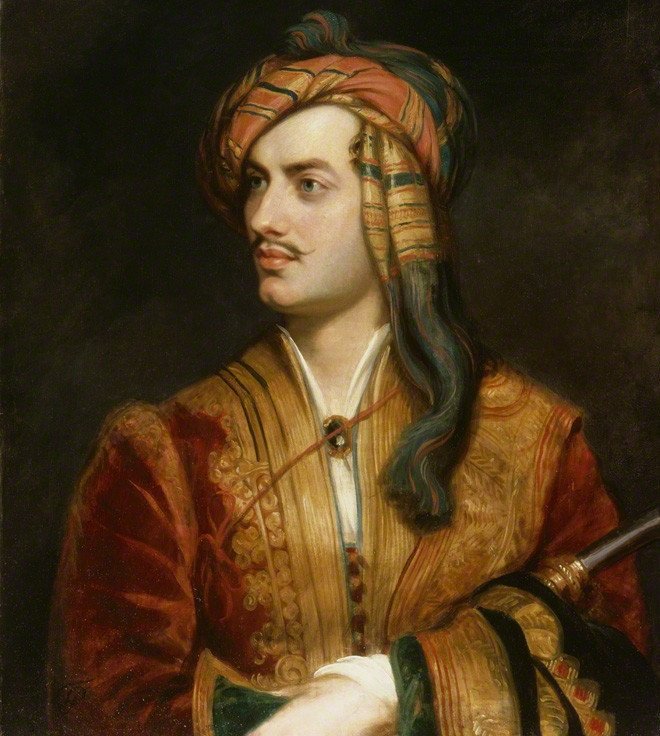
Another of the great English poets of Romanticism is John Keats (1795-1821), a poet who also died tragically young (another “indispensable” condition for every romantic artist). Among his works are the epic poem Endymion (received harshly by critics not yet accustomed to the uses of Romanticism), Ode to a nightingale and Ode to melancholywhose title is already quite representative of romantic sentiment.
In the German sphere, the figure of Johann Wolfgang von Goethe (1749-1842) is of course notable, still closely linked to classical antiquity in works such as his Roman elegies (1795). In The Bride of Corinth (1797) the author fully imbues himself with the romantic spirit by referring to the world of the supernatural and the afterlife, elements also very characteristic of romantic literature.
The historical novel
Romanticism is the movement that practically “invented” the novel Because, although in the Middle Ages we find a profusion of chivalric romances, it is not until the 19th century when the prose story, extensive and with a complex plot, becomes truly important. In reality, the nineteenth-century novel owes a lot to medieval romances. Suffice it to say that it is believed that the term “romanticism” comes from this word of French origin. But, etymologies aside, the truth is that it was the writers of Romanticism who gave real impetus to the modern novel.
At first, these novels had an eminent fantastic and pseudohistorical character. The mysteries of Udolpho, a novel written in 1794 by Ann Radcliffe (1764-1823), achieved tremendous success with its chilling intrigues set in a gloomy castle. It was the time of the so-called “gothic” stories, stories that took place in inhospitable and disturbing places, with strange and often supernatural characters. The enormous popular echo of this type of novels attests that, After the inhibition of the instincts of the Age of Enlightenment, the public was thirsty for dream stories nightmare beings and dark and sinful passions.
A little further into Romanticism, pseudo-historical novels began to proliferate, with illustrious names such as the Frenchman Victor Hugo (1802-1885) and the Englishman Walter Scott (1771-1832). We say “pseudohistorical” because the main intention of these authors was not to present the past era (usually, the medieval period) from a scientific perspective, but to use it as a pretext to develop a romantic story par excellence. In the case of Hugo, we can review the magnificent Our Lady of paris (1831) which, despite being profusely documented and making an authentic defense of French Gothic monuments, is still a romantic serial full of commonplaces. As for Scott, one need only mention his masterpiece, Ivanhoe (1820), set in 12th-century England.
The “Gothic” story
It may be the best-known genre of romantic literature, especially due to the enduring fame of its main author, the American Edgar Allan Poe (1809-1849). Poe is considered the father of this type of story, as well as of police intrigue with titles as characteristic as The black cat, The fall of the House of Usher either The Rue Morgue Murderswhere what is probably the first literary detective in history, C. Auguste Dupin, appears for the first time.
Poe’s shadow is very long. The famous American writer considerably influenced later “cursed” poets, such as Paul Verlaine, Charles Baudelaire or HP Lovecraft, who collected his dreamlike and chilling daydreams to capture a truly nightmarish world. In the Spanish case, the figure of Gustavo Adolfo Bécquer (1836-1870) is very notable, who, despite being part of the “post-romantic” current, has left us gothic stories of great quality, such as The miserere and The mount of the soulswhich have overwhelmed several generations since then.

